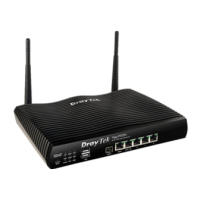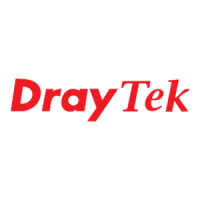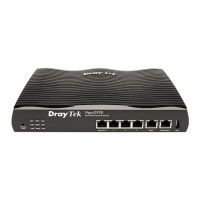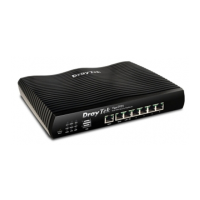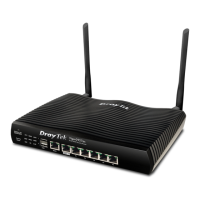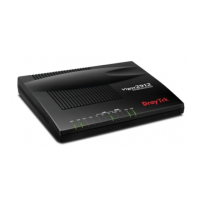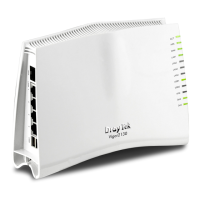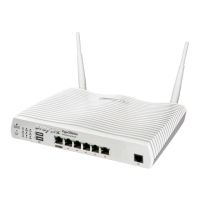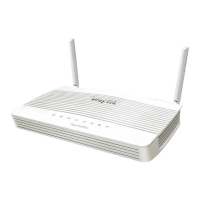[7:][0]
[8:][0]
[9:][0]
[10:][0]
[11:][0]
Set ok!
T
T
e
e
l
l
n
n
e
e
t
t
C
C
o
o
m
m
m
m
a
a
n
n
d
d
:
:
o
o
b
b
j
j
e
e
c
c
t
t
s
s
e
e
r
r
v
v
i
i
c
c
e
e
o
o
b
b
j
j
This command is used to create service object profile.
S
S
y
y
n
n
t
t
a
a
x
x
object service obj setdefault
object service obj INDEX -v
object service obj INDEX -n NAME
object service obj INDEX -p PROTOCOL
object service obj INDEX -s CHK [START_P] [END_P]
object service obj INDEX -d CHK [START_P] [END_P]
S
S
y
y
n
n
t
t
a
a
x
x
D
D
e
e
s
s
c
c
r
r
i
i
p
p
t
t
i
i
o
o
n
n
Parameter Description
setdefault It means to return to default settings for all profiles.
INDEX It means the index number of the specified service object profile.
-v It means to view the information of the specified service object
profile.
Example: object service obj 1 -v
-n NAME It means to define a name for the IP object.
NAME: Type a name with less than 15 characters.
Example:
object service obj 9 -n bruce
-i PROTOCOL It means to define a PROTOCOL for the service object profile.
PROTOCOL =0, means any
PROTOCOL =1, means ICMP
PROTOCOL =2, means IGMP
PROTOCOL =6, means TCP
PROTOCOL =17, means UDP
PROTOCOL =255, means TCP/UDP
Other values mean other protocols.
Example:
object service obj 8 -i 0
CHK It means the check action for the port setting.
0=equal(=), when the starting port and ending port values are the
same, it indicates one port; when the starting port and ending port
values are different, it indicates a range for the port and available
for this service type.
1=not equal(!=), when the starting port and ending port values are
the same, it indicates all the ports except the port defined here;
when the starting port and ending port values are different, it
indicates that all the ports except the range defined here are
available for this service type.
2=larger(>), the port number greater than this value is available..
3=less(<), the port number less than this value is available for this

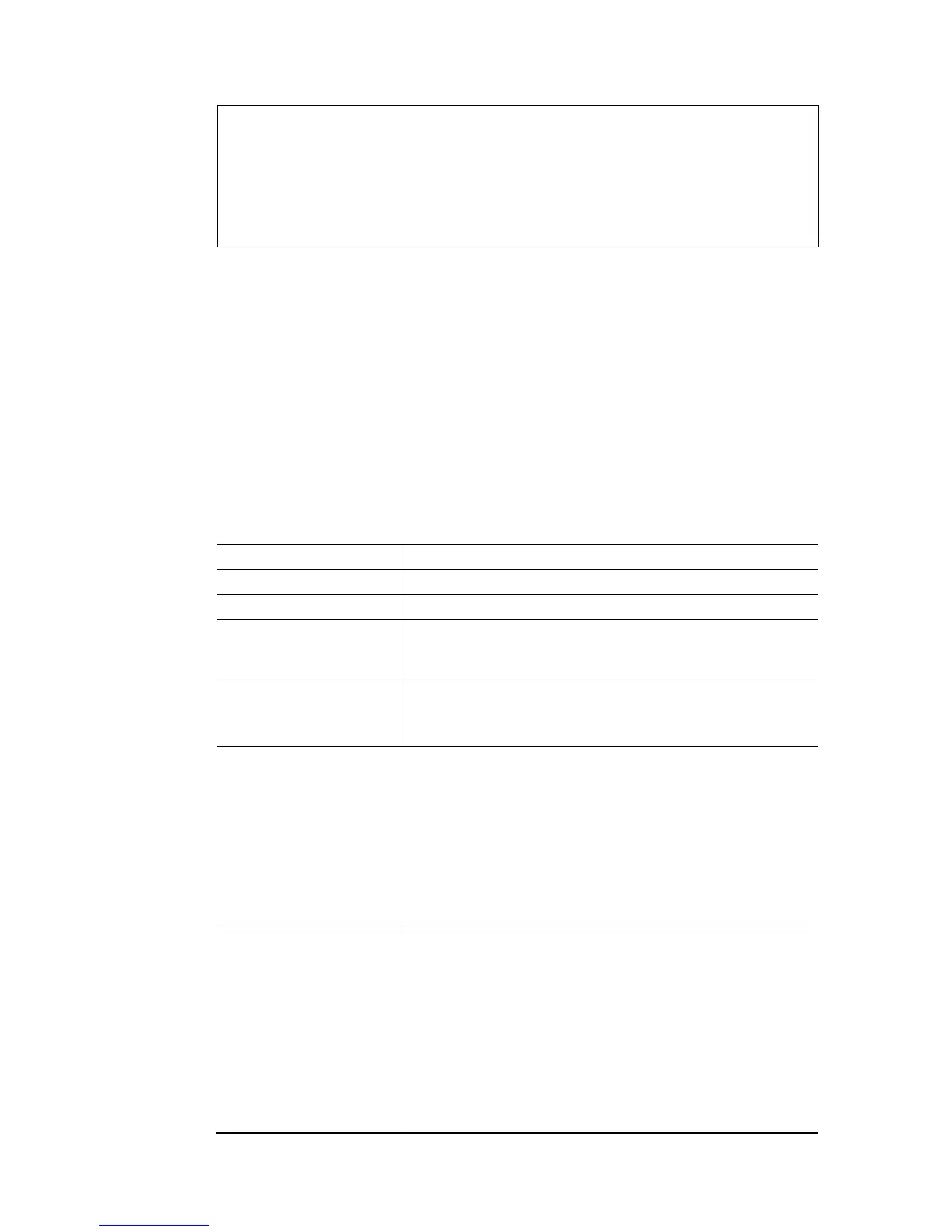